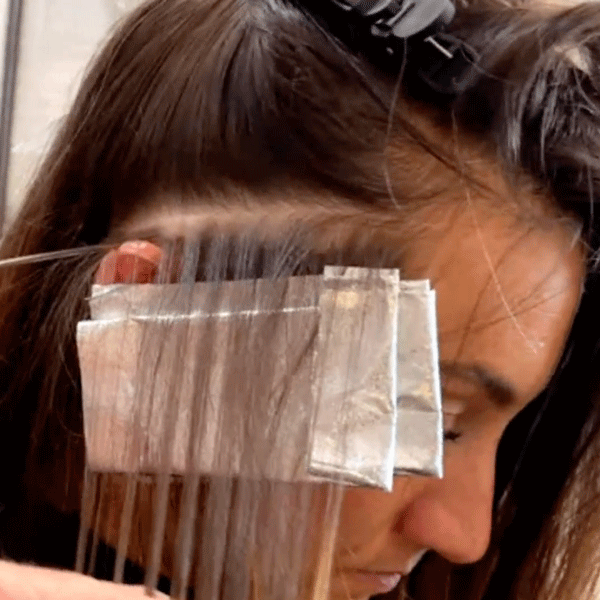8 Smart Blonding Tips We Learned This Year
Hair Color Education: 8 Courses to Take Your Blonding Game to the Next Level Placement strategies, gray coverage tips and slipping foil hacks—these are only some of the hair color techniques BTC University blessed us with in 2021. If you’re ready to up your blonding game in 2022, keep scrolling and take notes from BTC University’s top educators. Spoiler alert: ALL of these classes are included in the BTC-U Member Subscription—become a Member today to start binging ASAP! Sign up now to gain unlimited access to over 150 courses for the latest techniques in color, cutting and...





 or
or






